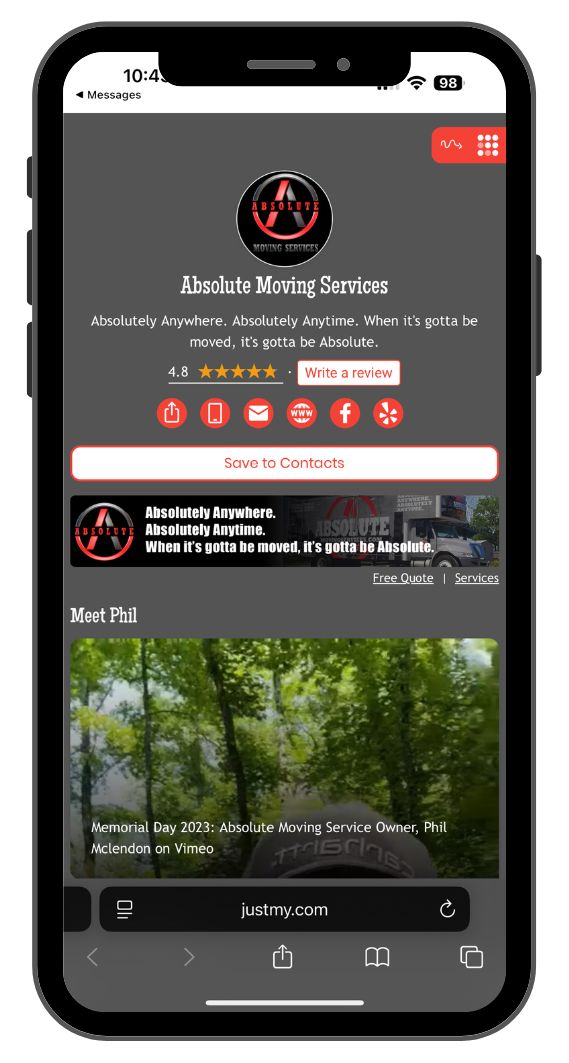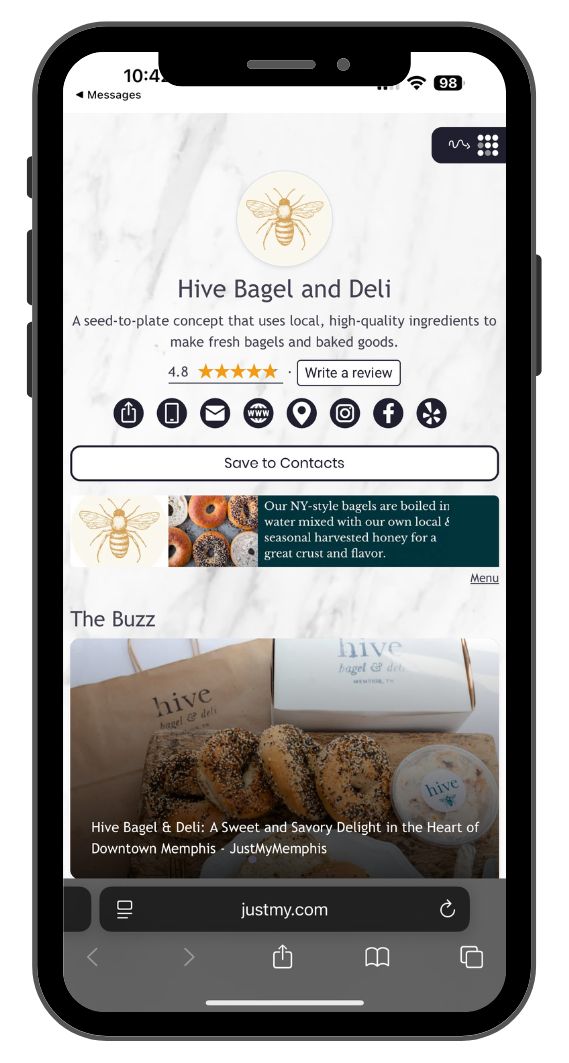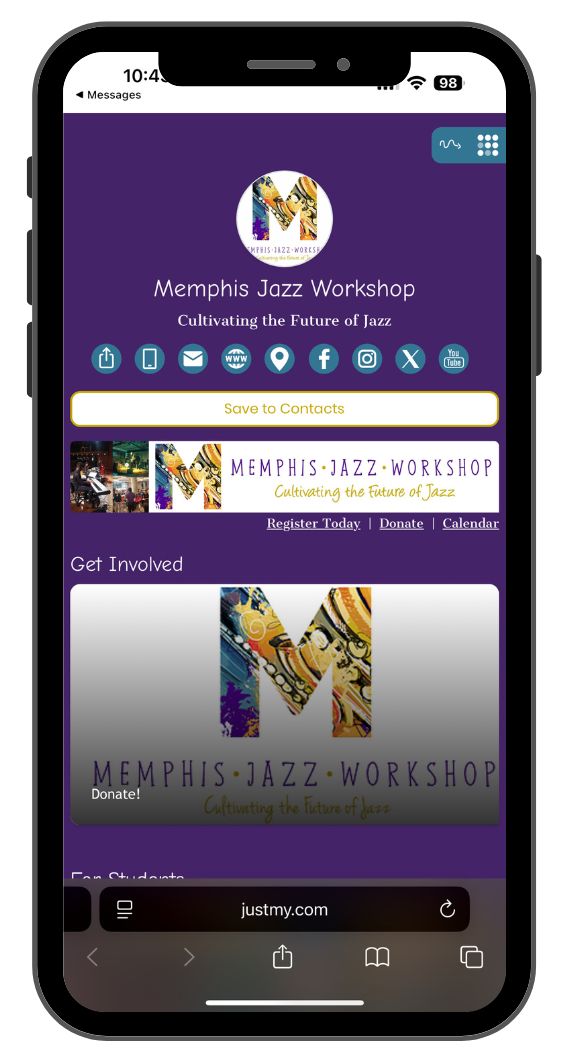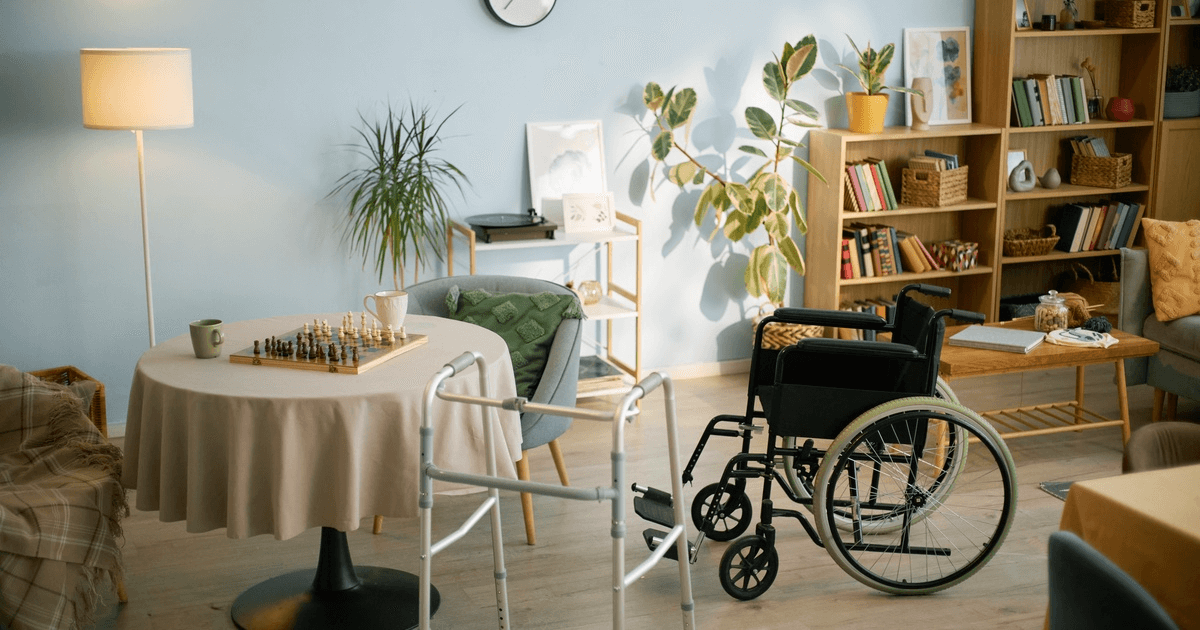

Let’s say a loved one grips your arm tightly as they try to step up onto the porch. There’s no handrail, and the narrow threshold catches the front wheel of their walker. Once inside, they try to enter the hallway, but it’s too tight to turn around comfortably. Not to mention, the nearby bathroom door won’t fully open when they try to enter. You make it work, but each trip home feels like a reminder that the space wasn’t built with your loved one in mind.
It’s a familiar story for many families. You want your loved one close by, safe, and comfortable, but without the right planning, everyday routines can become a source of stress or risk. The good news is that small design choices can make a big impact.
So if you’re building or updating a secondary living space for a loved one, here are eight tips for incorporating accessibility into your in-law suite.
Before floor plans and finishes, the first accessibility decision you’ll make is where to build. Choosing between an attached or detached unit can affect everything from access to utilities to safety during emergencies.
A suite connected to the main home might offer easier access for caregiving and less exposure to the elements. However, a detached unit may allow for more independence, provided the path between spaces is well lit, paved, and sheltered when possible.
You’ll also want to consider the grading of the land, especially if you’re building on a slope. For wheelchair-friendly entry, ramps require at least one foot of length for every inch of rise. That can quickly add up.
If you’re unsure how to choose the best location for an in-law suite, consider proximity to driveways, sun exposure, and noise from the main house or street.
A zero-step entry is a small detail that can make a massive difference. Whether your suite is attached or separate, aim for at least one entrance with no steps, a level landing, and a door width of 36 inches or more. Avoid raised thresholds altogether or limit them to 1/2 inch if needed for weatherproofing.
It’s also worth thinking about coverage. Adding a small roof or awning over the entrance protects not just from rain but also from slips on wet ramps or walkways. Exterior lighting—particularly motion-activated or timed to turn on around dusk—should illuminate both the path and the door lock area.
Accessibility inside the suite begins with efficient circulation. Broad, uncluttered walkways—at least 42 inches wide—allow for mobility aids and reduce fall risk. Place the bedroom and bathroom close together to minimize travel distance, ideally no more than 20 feet apart.
When you’re working with an open layout, make sure it doesn’t sacrifice clarity. Too much open space can disorient someone with memory loss or vision impairment. Think through natural travel patterns: getting from bed to the bathroom, reaching the fridge from a favorite chair, or turning around safely in a hallway.
This is where thoughtful design matters most. Go beyond basic grab bars. Install a roll-in shower at least 36 inches wide, with a handheld showerhead, built-in bench, and nonslip tile rated at 0.42 or higher for wet areas. A wall-mounted sink at 34 inches can improve wheelchair access, and comfort-height toilets (17–19 inches) reduce strain when the user is sitting or standing.
Pre-plan for future adjustments by reinforcing walls with blocking so you can install grab bars without opening drywall later. Finally, add a mirror that tilts or is installed low enough to be useful while the user is seated.
Good lighting reduces fall risk, and it also supports cognition and comfort. Aim for consistent, glare-free light sources throughout the space. LEDs in the 4,000K to 5,000K range offer brightness that mimics daylight without harshness.
Use motion sensors in hallways and bathrooms, and add nightlights that automatically turn on at dusk. Whenever possible, position windows to let in natural light, but be mindful of glare near screens or shiny floors.
Soft, layered lighting—think under-cabinet LEDs or adjustable sconces—can help create a sense of control, especially for those with sensory sensitivities.
The smallest tasks, like turning a doorknob or adjusting the thermostat, can become frustrating without the right hardware. Swap round doorknobs for lever handles that are easier to open with weak grip strength or limited dexterity. Touchless faucets, rocker light switches, and push-button cabinet latches also lessen strain and make daily activities more manageable.
Place light switches and thermostats at a height between 36 and 48 inches from the floor for easier reach from a seated position. If possible, invest in smart home technology that can control lighting, temperature, and appliances via voice commands or a mobile app. It may seem like a luxury at first, but it’s a major win for accessibility.
For any loved one living alone—even in a suite just steps away—it’s important to plan for check-ins and emergencies. Consider installing a two-way intercom system or a smart speaker with drop-in capabilities. This allows you to call out, ask how things are going, or provide reminders without disrupting your loved one’s privacy.
You can set up emergency alert systems through wearable pendants or smartwatches. Install a landline phone if cell service is unreliable in your area. In cases where memory loss or hearing challenges are a concern, opt for visual cues like flashing lights paired with doorbells or smoke alarms to provide additional layers of awareness.
Walkers, portable oxygen tanks, CPAP machines, and mobility scooters all take up physical space, and they don’t store neatly under a bed. Plan ahead by including open space near the bed, entryway, or living area to accommodate these items.
Confirm there’s a grounded outlet close to where medical devices will be used or charged, ideally within 3 feet of the bed or recliner. If the suite is detached, add a backup power source or ensure it’s on the same emergency circuit as the main home.
An accessible in-law suite doesn’t end with the last coat of paint. Real accessibility means committing to regular check-ins. Does the space still meet your loved one’s needs? Are there new barriers or frustrations that weren’t there before?
By viewing it as an ongoing process instead of a one-time project, you’re more likely to catch issues early and keep your loved one safe and supported for the long term. That’s why it helps to revisit these eight tips for incorporating accessibility in your in-law suite every six to 12 months, especially after any changes in health or mobility.

Put your business in front of thousands of LOCALS! Create your free listing on the NewsSTAND and update your profile anytime to share the latest info, specials, and contact details.

Got a story to Share? Pitch your idea or write an article for the NewsSTAND! Join us in highlighting the positive and powerful moments that make our city shine.
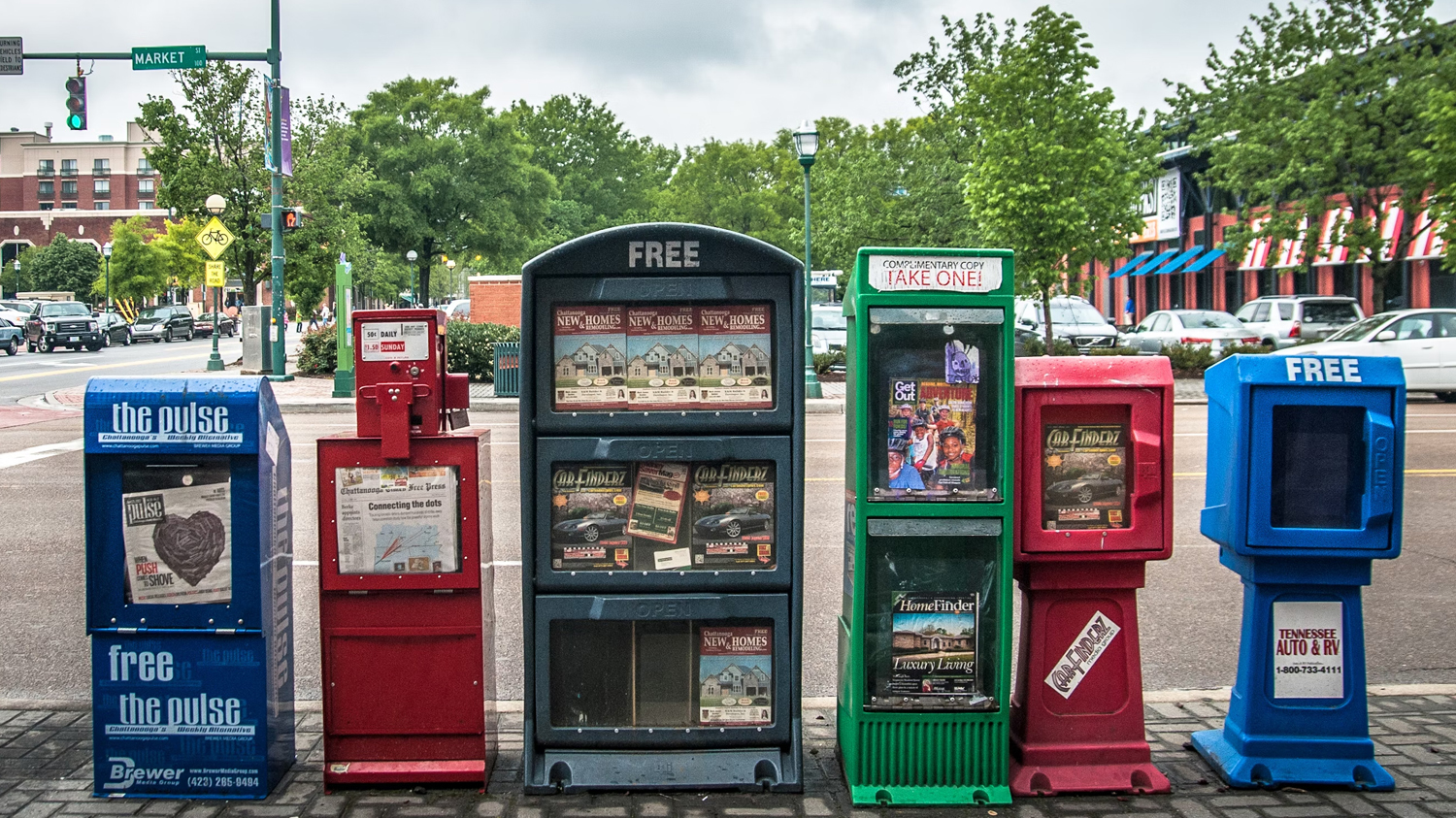
We’re passionate about working together to amplify our City. Reach out to the NewsSTAND team to explore collaboration opportunities and make a difference in our community.
Hover over each card to unlock the full story and see what you’re about to get!
